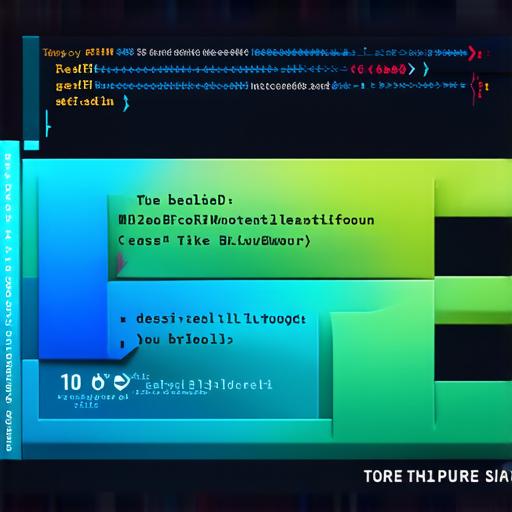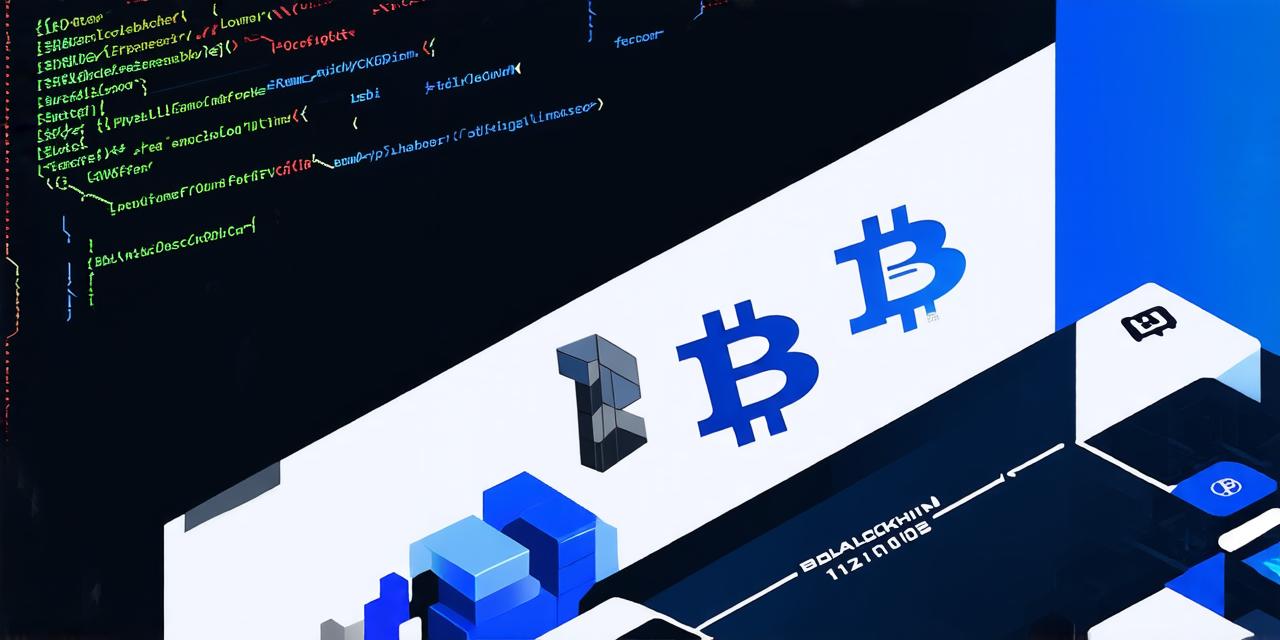
Blockchain technology is revolutionizing the gaming industry by providing a secure and decentralized platform for game creation and management. With its ability to facilitate peer-to-peer transactions, blockchain can enable gamers to buy, sell, and trade in-game assets without intermediaries, making it an attractive option for game developers looking to increase revenue and engagement.
Introduction
Blockchain technology has gained widespread attention in recent years, with many industries adopting this decentralized platform for secure transactions and data storage. The gaming industry is no exception. Blockchain technology can provide a secure and transparent platform for game creation and management, allowing gamers to buy, sell, and trade in-game assets without intermediaries.
This comprehensive guide will explore how to code a game with blockchain, focusing on the key considerations and best practices that developers should follow to create successful blockchain-based games. We will also provide real-life examples of successful blockchain-based games and discuss the future of gaming on the blockchain.
Benefits of Blockchain in Gaming
The integration of blockchain technology in gaming offers several benefits, including:
- Decentralization: Blockchain technology provides a decentralized platform for game creation and management, eliminating intermediaries and reducing transaction costs.
- Security: Blockchain technology uses cryptographic algorithms to secure transactions, making it resistant to fraud and hacking.
- Transparency: Blockchain technology enables transparent tracking of transactions, providing gamers with real-time visibility into their account balance and in-game assets.
- Ownership: Blockchain technology allows gamers to own their in-game assets, giving them control over their digital property and enabling them to trade it freely.
How to Code a Game with Blockchain
The process of coding a game with blockchain involves several steps, including:
- Designing the game architecture: Developers must design the game’s architecture, including its rules, mechanics, and in-game assets. This step requires careful planning to ensure that the game is scalable, efficient, and secure.
- Choosing a blockchain platform: Developers must choose a suitable blockchain platform for their game, such as Ethereum, EOS, or Hyperledger Fabric. Each platform has its strengths and weaknesses, and developers must carefully consider their specific needs when selecting a platform.
- Building the smart contract: Smart contracts are self-executing programs that facilitate transactions on the blockchain. Developers must build a smart contract to manage in-game assets and enforce game rules.
- Integrating with external systems: Developers may need to integrate their game with external systems, such as payment gateways or social media platforms, to enable seamless user experience.
- Testing and deploying the game: Developers must thoroughly test their game to ensure that it is secure, efficient, and free from bugs. They must also deploy their game on the chosen blockchain platform, making it accessible to players worldwide.
Real-Life Examples of Successful Blockchain-Based Games
Several successful blockchain-based games have emerged in recent years, including:
- CryptoKitties: CryptoKitties is a popular blockchain-based game that allows players to collect and breed unique digital cats. The game uses the Ethereum blockchain to manage in-game assets and facilitate transactions between players.
- Decentraland: Decentraland is a virtual reality platform that uses the Ethereum blockchain to enable users to create, share, and monetize content. The platform has become a popular destination for gamers and content creators alike.
- Blockchain Game Alliance: The Blockchain Game Alliance is a consortium of game developers, studios, and industry experts that aims to promote the integration of blockchain technology in gaming. The organization hosts events, workshops, and conferences to educate the public about the benefits of blockchain in gaming.
Future of Gaming on the Blockchain
The future of gaming on the blockchain looks promising, with several trends shaping its evolution:
- Increased adoption: As more businesses adopt blockchain technology, we can expect to see more games integrating this decentralized platform for secure transactions and data storage.
- Enhanced user experience: Blockchain technology can enable more seamless user experiences by eliminating intermediaries and reducing transaction costs.
- New revenue streams: Blockchain technology can provide new revenue streams for game developers, including in-game assets trading, microtransactions, and decentralized finance (DeFi) applications.
- Greater accessibility: Blockchain-based games can be accessed from anywhere in the world, making gaming more accessible to players worldwide.
Conclusion
Blockchain technology is revolutionizing the gaming industry by providing a secure and decentralized platform for game creation and management. With its ability to facilitate peer-to-peer transactions, blockchain can enable gamers to buy, sell, and trade in-game assets without intermediaries, making it an attractive option for game developers looking to increase revenue and engagement.
In this comprehensive guide, we have explored how to code a game with blockchain, focusing on the key considerations and best practices that developers should follow to create successful blockchain-based games. We have also provided real-life examples of successful blockchain-based games and discussed the future of gaming on the blockchain.
As blockchain technology continues to evolve
